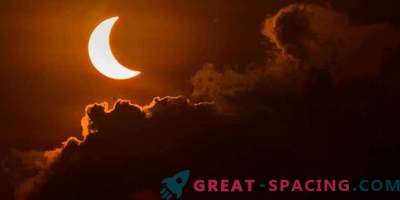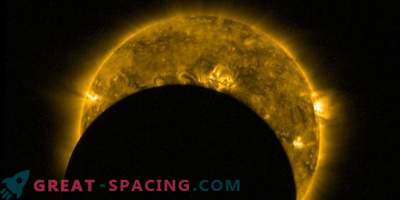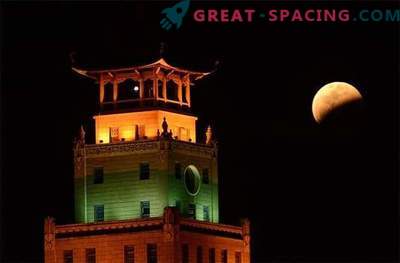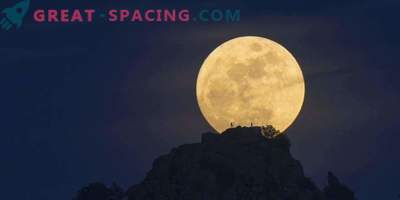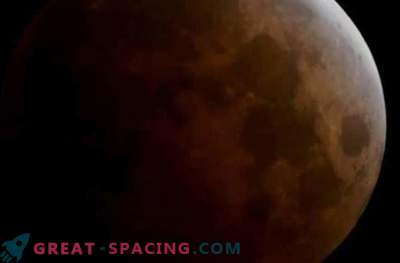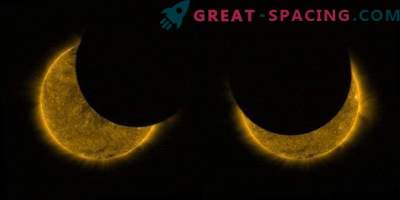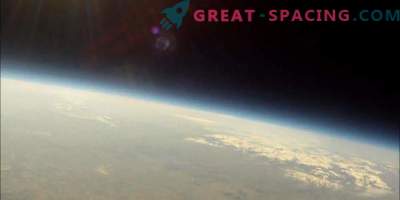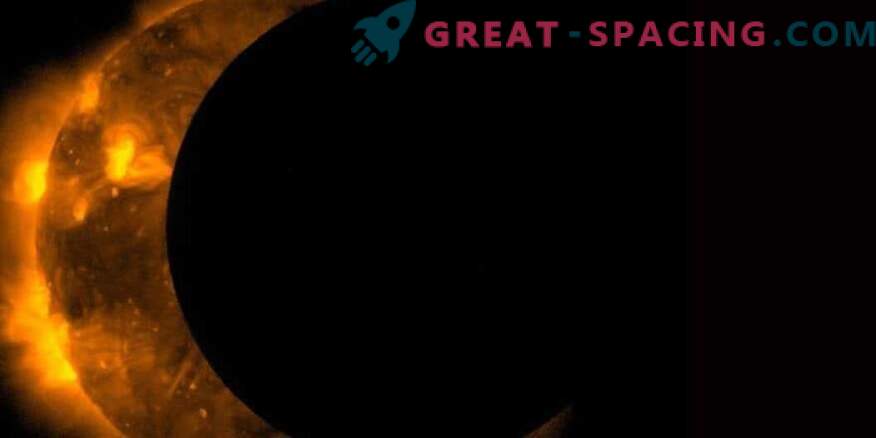
Professional astronomers and amateurs join together in August to take part in several massive scientific projects. This will allow you to get the most out of a solar eclipse that the US will blinded.
The eclipse of 2017, which will take place throughout America (and therefore called the Great American Eclipse), will be the event of the year in scientific circles. If your life is somehow connected with the stars, then NASA encourages people who want to contribute to science.
Tyler Nordgren is a professor of astronomy at the University of Redlands, California. He will deliver a civic science report during a solar eclipse at the American Association for the Advancement of Science (AAAS) in Boston next month. To do a lot of experiments, you need only a couple of glasses for a solar eclipse and a smartphone. Here are some options you can participate in:
Track the moon shadow. This experiment is ideal for children from primary school. If you are lucky, you can see how the moon makes some high sights dark before a solar eclipse gets to you. With a phone and knowledge of the original size, you can calculate how quickly the shadow passes through the landscape.
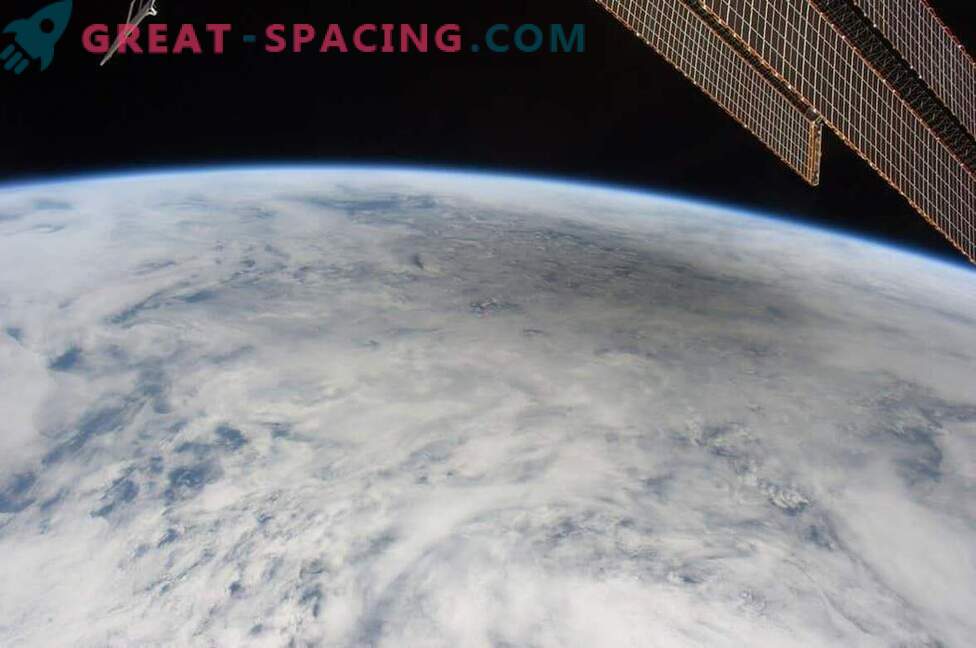
The lunar shadow during a solar eclipse taken from the International Space Station.
Calculation of the general theory of relativity. Suitable for high school, university and adults. The experiment makes it possible to repeat the experience of astronomers during the eclipse of 1919, when they presented the general theory of relativity. “The idea is that people take pictures of the sun and the stars around it during a total solar eclipse,” says Nordgren. - “Solar gravity deforms the fabric of space and time around the sun. So the stars will appear to have changed, because their light comes from the sun. ” In 1919, this required the availability of modern equipment. But now you just need a telescope and a digital camera.
Changes in light and temperature drops. Most smartphones have applications that allow you to measure temperature and ambient light. “You can use your phone to determine your location. Even time will be more accurate, ”he says.

Be sure not to forget the glasses to see. Only the complete phase (just a few minutes) is safe for viewing with unprotected eyes. Shoot video. Even with the phone, you can make excellent quality video. There are at least two projects to which you can connect. Eclipse Megamovie will collect more than 1000 videos and make them a full-fledged movie. There is also a Citizen Continental-America Telescopic Eclipse Experiment, inviting many volunteers who are ready to shoot an eclipse. This should make a 90-minute video.
Nordgren emphasizes that scientists have long been engaging the public in obtaining information about eclipses. The first recorded case is the event of 1917. It was organized by Edmund Halley. “He needed to know exactly when the eclipse would be visible,” says Nordgren. “So he asked people to follow the process and watch for hours to calculate how long the eclipse lasted.”
More information about the experiments you can read on the official sites.
